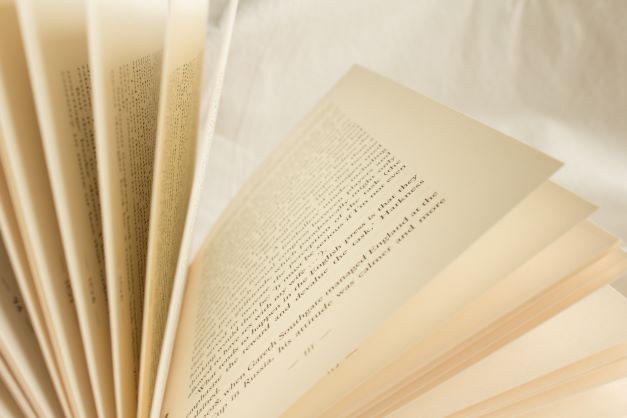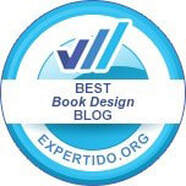|
When you open up any book, you’ll notice that a couple of pages in will normally be the copyright page, now, most of us will completely overlook this and go straight to the table of contents, introduction or chapter one, but as a writer this is something that you should be familiar with and definitely have within your own book.
So, what goes into this page and what details should go there? Well for most books there are standard details which you should include, this can differ between non-fiction and fiction (and again with memoirs too), but you should give some thought to and ensure you have the details ready when preparing your manuscript for publication.
0 Comments
The way in which we both read and write books has changed so much over the past 25 years, for those who write, the landscape has shifted and the tools now available for you to be able to create is growing very quickly. This is not to say that writers don’t use pen and paper and there may be some who still use a typewriter, but on the whole, we have adapted to new technology and embraced the new options it has given us.
And this leads on to our obsession with cell phones, we have them with us at all times and use them for more and more tasks, so why not use them to help with your writing and publishing? The beginning of a new year always makes us think of resolutions and goals for the next twelve months, for many this will involve diets and maybe the search for a new job, but for an author (or those who want to become authors) it fills us with the inspiration that this should be the year of publication.
They say that we all have a book within us, so what’s stopping you from completing yours? But the key in starting any resolution or goal is in keeping the momentum and making it past a very enthusiastic first week, as with those who take up a new form of exercise, the first couple of weeks is full on, then you tire, lose interest and go back to sitting on the sofa watching TV. So, trying to complete your book in a month (unless you absolutely have to) is not always the best idea, overburdening yourself when you may well have a full-time job or others to take care of is a fast track to failure. And this is important to remember when you have other priorities, if you can’t write full time, don’t try to. |
JD&JCategories
All
Archives
July 2024
All information within this website (including its blog) is published in good faith and for general information purposes only. JD&J Design LLC does not make any warranties about the reliability and accuracy of this information. Any action you take upon the information in this website is strictly at your own risk. JD&J Design LLC is not liable for any losses and/or damages in connection with the use of this site and information.
|






